
ASTM D4951 Additive Elements In Lubricating Oils By ICP AES
Brand KN
Product origin Dalian,China
Delivery time deliver as soon as received payment
Supply capacity 30 sets one month
Additive packages are blends of individual additives, which can act as detergents, antioxidants, antiwear agents, and so forth. Many additives contain one or more elements covered by this test method. Additive package specifications are based,in part, on elemental composition. Lubricating oils are typically blends of additive packages, and their specifications are also determined, in part, by elemental composition. This test method can be used to determine if additive packages and unused lubricating oils meet specifications with respect to elemental composition.
KN-4951 ICP for Lube Oils
Overview
The iron, manganese, phosphorus, zinc, calcium, magnesium and other elements in lubricating oil samples directly determine the quality of the product and the degree of impact on the environment. The traditional test method uses acid digestion to destroy the organic components in the sample and transform it into the test is performed after the aqueous solution. This method has many disadvantages such as long operation time, many reagents and consumables, easy contamination or loss of elements, poor accuracy of test results, and environmental pollution. This method uses the organic solvent dilution method to determine the various elements in unused lubricating oil samples. The determination method is simple, fast, and has strong operability. The repeatability and stability of the results obtained can fully meet the daily analysis requirements.
Talbe1. Main Technical Parameters of KN-4951
High Frequency Generator | |
Working Frequency | 27.12MHz |
Stability | ﹤0.05% |
Output power | 800W ~1600W |
Stability | ≤0.05% |
Matching Method | Automatic |
Scanning spectrometer | |
Light path | Czerny turner |
Focal length | 1000mm |
Raster specification | Ion-etched holographic grating, engraved line density 3600L / mm or 2400L / mm; scribed area (80 × 110) mm |
Line dispersion reciprocal | 0.26nm/m |
Resolution | ≤0.008nm(3600 wire grating) |
≤0.015nm(2400 wire grating) | |
Main host Parameters | |
Scanning wavelength range | 195nm~500nm(3600L/mm wire grating) |
195nm~800nm(2400L/mm wire grating) | |
Repeatability | RSD≤1.5% |
Stability | RSD≤2.0% |
Test Part
Abrasion Elements in unused Lube Oils
1.1.1 CONOSTAN Dedicated Diluent for ICP
1.1.2 CONOSTAN Co standard liquid
1.1.3 CONOSTAN S-21 mixed standard oil
1.1.4 Pipette,0-5ml
1.1.5 Electronic balance, 0.0001
1.2 Working Condition Requirements
High frequency generator: 27.12MHz, 0.7mm quartz torch with center channel, high frequency power 1200W, plasma gas flow 15L / min, auxiliary gas flow 0.99L / min, carrier gas flow 0.35L / min, oxygen flow rate 50ml / min , The temperature of the atomizing chamber is -20 ° C, and the speed of the peristaltic pump is 3ml / min.
1.3 sample treatment
After the lubricating oil sample is sampled by the weighing method, the diluent is directly used to make the volume to the mark.
The internal standard calibration method is used in the test process to eliminate the difference of the sample matrix.
1.4 Test method
After the apparatus is automatically ignited and the parameters are set according to the working conditions of the apparatus, the diluent is directly sucked into the mist chamber through the nebulizer and enters the plasma. After the apparatus is stable, measure the blank solution, standard solution and diluted sample solution at one time. The content of each element in the final sample can be directly obtained. The linear relationship of the elements was determined according to the experimental method. At the same time, the blank solution was measured 10 times for each element. The standard deviation of the measured value was divided by the slope of the curve as the method detection limit. As can be seen from the table below, the fitting coefficient of the elemental working curve is higher than 0.999, indicating that the linear relationship is good within the linear range of the working curve. Because the working parameters of the apparatus are optimized, the test conditions of the elements are optimized to improve the accuracy of the test results.
Applicable Standard: ASTM D4951 Standard Test Method for
Determination of Additive Elements in Lubricating Oils by Inductively Coupled Plasma Atomic Emission Spectrometry
Test Report Comparasion | ||||||||
Sample Name | Diesel Engine Oil | |||||||
Receiving Date | JAN,2ND,2020 | Test Period | ||||||
Description | Viscous Oil Sample | |||||||
Test Requirement | ||||||||
Test component | Ca, Mg, P, Zn | |||||||
Reference | ||||||||
Standard | ASTM D4951 | Standard Sample | ||||||
Humidity | ≤70% | Temperature | ||||||
Test Process | ||||||||
Weigh a certain amount of sample into a 100ml volumetric flask, add the internal standard solution, dilute to the mark with blank oil, shake well, and wait for measurement | ||||||||
Take the lubricating oil sample as an example. Weigh a 0.1g lubricating oil sample into a 100ml volumetric flask, and dilute it to the mark with the diluent containing the internal standard. After shaking it, the test results are obtained. The results are obtained by combining with PE ICP Avio200 and Agilent ICP 5110 The test results are compared, and there is no fundamental difference in the test results, indicating that the test performance of this instrument has reached the international advanced level. The specific data are as follows: | ||||||||
Perkin Elmer ICP Avio200 | Agilent ICP5110 | KN-4951 ICP | ||||||
Test Item | Result | Result | Result | |||||
Ca | 4225.7ppm | 4415.1 ppm | 4135.8 ppm | |||||
Mg | 21.5ppm | 15.8 ppm | 29.1 ppm | |||||
P | 1026.2 ppm | 1048.3 ppm | 1164.3 ppm | |||||
Zn | 1133.1 ppm | 1117.6 ppm | 1131.2 ppm | |||||
1.5 Typical element spectrum and curve

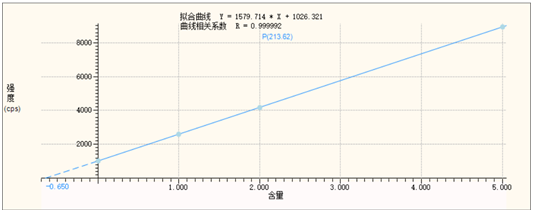

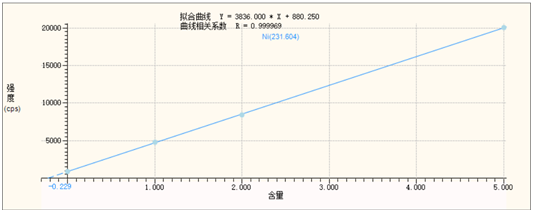



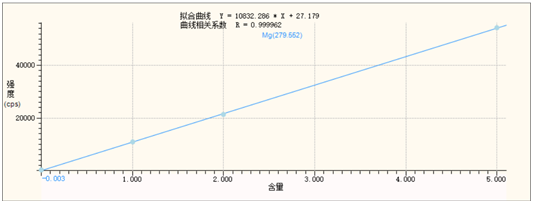
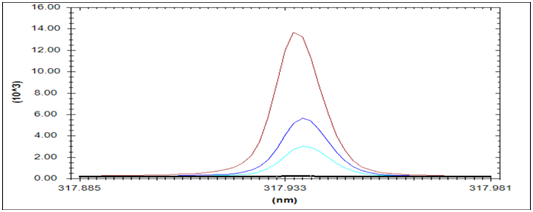


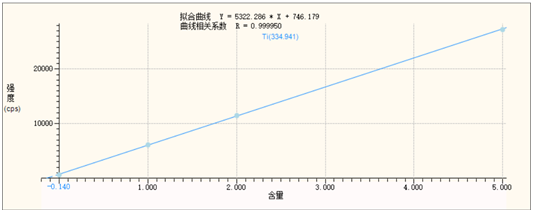


Conclusion
The relative digestion method for direct determination of multiple elements in gasoline and lubricating oil by ICP has higher accuracy and better reproducibility, which not only greatly saves the time of sample digestion and reduces the environmental pollution caused by acid, but also poses a great impact on operators. The technical level requirements are greatly reduced, and it can be promoted and used in the petrochemical industry. KN-4951 has the characteristics of low test cost, fast test speed, and high accuracy of the method. It can directly determine multiple elements in gasoline and lubricant samples, which can fully meet the test requirements of different customers in the petrochemical industry.













